Have you ever admired a diecast model that was meticulously designed and painstakingly crafted with attention to the smallest details? Whether it is your childhood memories of precious moments spent playing with your favorite cars or replicas of classic vehicles, diecast models have been captivating collectors for generations.
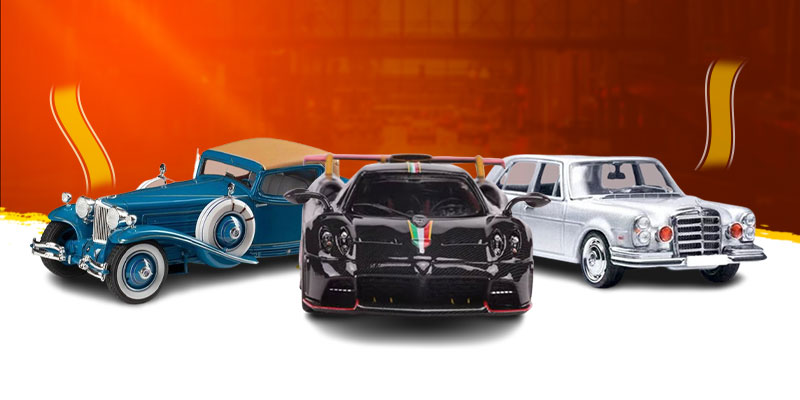
First Gear Diecast Models are some of the most sought-after collectibles in the world thanks to their superior quality construction and intricate designs. Let’s explore how these unique models are made, what types can be found in collections today, and why so many people are interested in collecting these classic works of art.
We'll also discuss the benefits of collecting First Gear Diecast Models and share tips on caring for them once you've added them to your collection! Now, let's dive right into all things diecast!
What are diecast models, and why do people collect them
Toys have always had a special place in the hearts of people, whether they are children or adults. One particular type of toy that has gained a dedicated following over the years is diecast models. These miniature replicas of cars, trucks, and other vehicles are made with precise attention to detail, making them a collector's dream. From classic cars to modern sports cars, people love to collect diecast models for a variety of reasons. Some may appreciate the craftsmanship and intricate details of each model, while others may have a personal connection to the vehicle itself. Whatever the reason, there's no denying the joy and satisfaction that comes from collecting these miniature marvels.
History of First Gear Diecast Models
Toys have been an integral part of every child’s life, and none more so than diecast models. Among them, First Gear Diecast Models have enjoyed a particularly long and storied history.
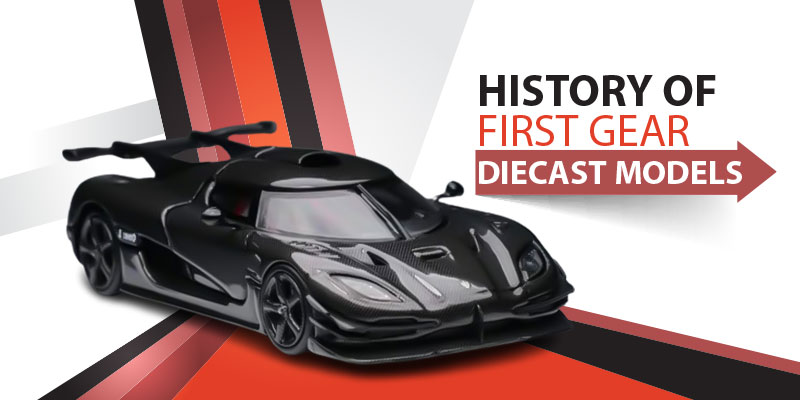
Since the 1980s, First Gear has been producing meticulously detailed replicas of vehicles, both large and small, from classic cars to heavy-duty tractors. Their attention to detail and commitment to quality have made them a favorite among collectors and enthusiasts alike. And with new models being released every year, there's always something exciting in store. Whether you're a toy lover or a history buff, First Gear Diecast Models are a fantastic way to experience the past in a whole new way.
Different types of First Gear Diecast Models
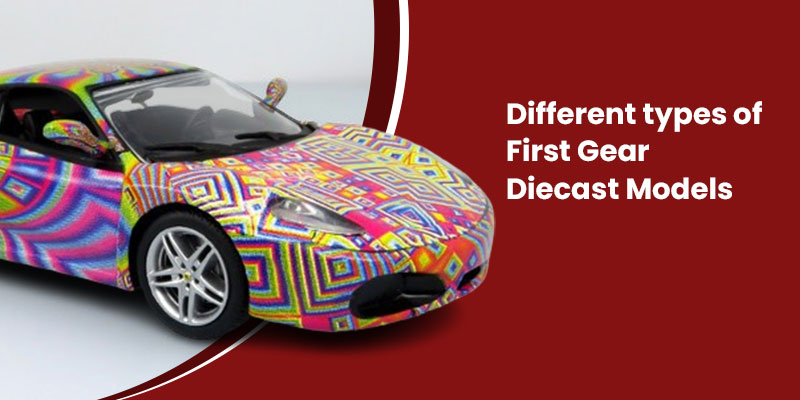
It's no secret that toys have a way of capturing our hearts - even as adults. Enter the world of First Gear diecast models, where car enthusiasts and toy collectors can find something to suit their tastes. The unique line of miniature vehicles offers a range of options to satisfy your collecting cravings. But what makes these models so unique? For one, they're crafted with detail that would make any car buff drool. But beyond that, First Gear offers a variety to choose from, including construction vehicles, emergency vehicles, and military vehicles, just to name a few. So whether you're looking for a new addition to your toy collection or the perfect gift for a car-loving friend, First Gear diecast models are sure to fit the bill.
Benefits of Collecting First Gear Diecast Models
If you are fond of collecting toys, then First Gear Diecast Models may be a great addition to your collection. These models are more than just toys - they are accurate replicas of real-life vehicles, ranging from fire trucks to school buses and semi-trucks. The level of detail put into each model is impressive, making them appealing to collectors of all ages. But what sets First Gear Diecast Models apart from other toy cars is their durability. Made with high-quality materials, these models are built to last, ensuring that they will stay in pristine condition for many years to come.Aside from being great additions to your collection, these models also make for excellent display pieces. With their intricate details and realistic design, they will surely be the center of attention in any room. So if you are looking to add something unique to your toy collection, consider getting First Gear Diecast Models - not only will they provide you with endless hours of fun, but they will also be a great investment for the future.
How to care for your First Gear Diecast Models
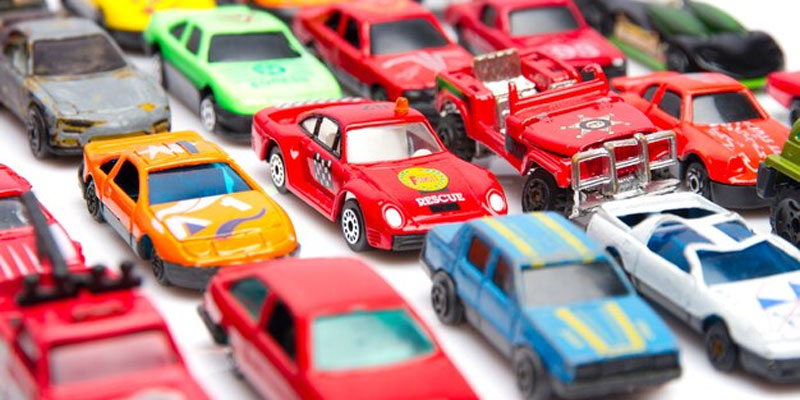
Collecting diecast models can be a fun and rewarding hobby, especially if you're a fan of all things automotive. First Gear diecast models are particularly popular among collectors due to their attention to detail and quality build. However, like any toy, they require proper care and maintenance to ensure their longevity. Cleaning your First Gear diecast models regularly with a soft cloth and maintaining their storage environment at an appropriate temperature and humidity level can go a long way in preserving their condition and protecting their value. With a little tender loving care, your First Gear diecast models will continue to be cherished toys for years to come
Where to Buy Quality First Gear Diecast Models
Looking for quality First Gear diecast models can be a bit of a challenge, especially with so many options available today. For toy enthusiasts and collectors alike, the hunt for the best deals and the highest quality can be a real adventure. While it's true that there are plenty of places where you can buy these popular toys, Awesome Diecast offers top-notch products and reliable service. We have an exceptional collection of First Gear diecast models that are sure to impress. Browse our collection, and you will uncover some hidden gems that will make any toy collection instantly more impressive
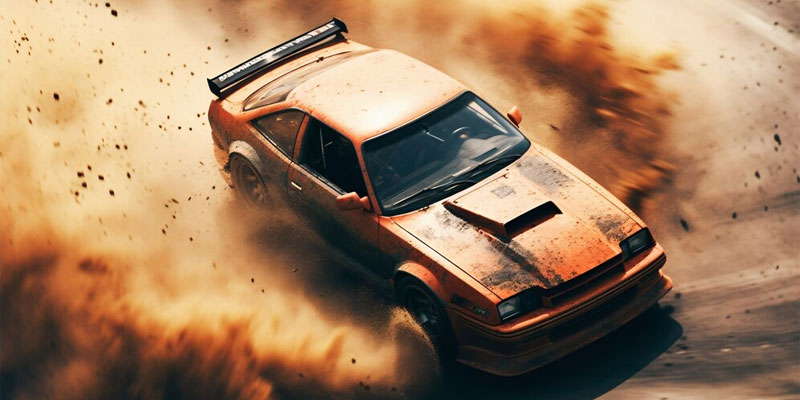
Collecting First Gear Diecast Models is a wonderful hobby for all ages. It's a fun and educational way to keep track of things such as military sources, public service vehicles, and construction equipment. People can easily find collections of these models online, in diecast model stores, or even swap meets! Whether you're a fan of history, a construction enthusiast, or an admired License Plate collector, Awesome Diecast has a First Gear Diecast Model for everyone! So go out there and start building your very own collection today – you won't regret it!


